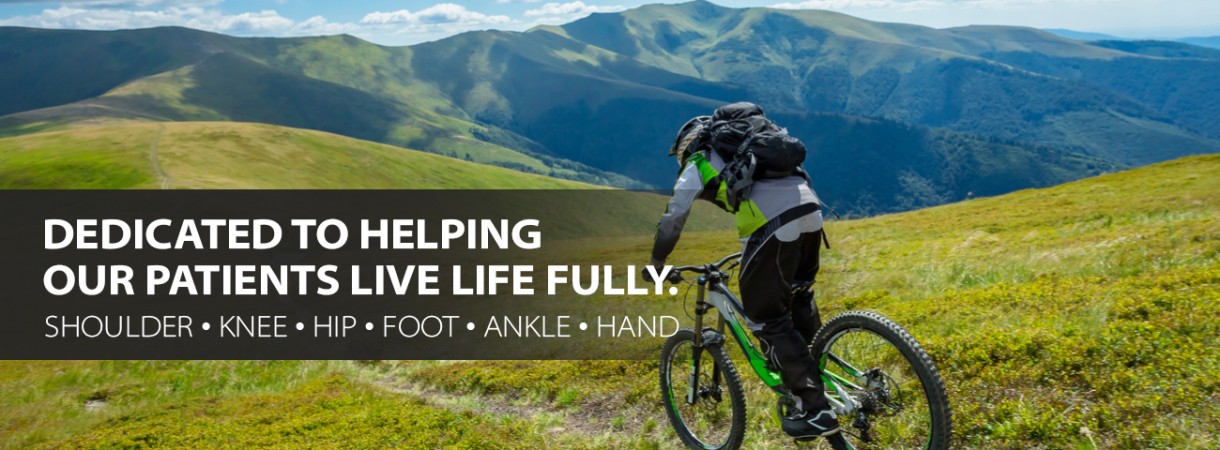One of the best things about the fall season is the fall daylight savings time change, where we officially get that hour back that we lost in the spring. But, of course, this means getting your body to adjust to the change in time and everything that comes with it, including darker evenings with less time spent in the sun. If you want to make sure you’re adjusting to this change with ease, follow a few simple tips that can help you prepare for the end of daylight savings!
Create a Schedule That Works for You
Focus on creating a schedule that works best for you. What works for one person doesn’t always work for the next. However, it would help if you prioritized getting a minimum of eight hours of rest at night. In fact, research shows those who don’t get nearly enough sleep should have a significantly higher risk of being diagnosed with osteoporosis. Do what you can to keep your body well-rested and in excellent condition, even if it means shutting off the electronics a bit earlier, meditating for a few minutes, and getting in your most comfortable clothes before bed.
Make sure you base your schedule on different factors, including when you plan to get up in the morning and when you’re going to bed to get that minimum of seven hours of sleep. You can even consider exercising after getting up for the day instead of saving it for later in the evening when you should be preparing your body for rest. Little things like this can help you adjust to the end of daylight savings time and protect your body simultaneously.
Continue to Stay Active, Even When It’s Getting Darker Earlier
Some people feel sluggish when it gets darker much earlier than it did during those warm summer months, and understandably so. However, you can’t let the early sunset keep you from living an active, healthier lifestyle. Instead, it helps to find ways to work around it. Let’s say you’d typically go for a jog after dinner. In that case, try to do it in the morning when the sun is shining bright. Rearrange your schedule to ensure you’re still prioritizing your health and fitness goals instead of allowing the change of seasons to get the best of you.
Add Plenty of Protein to Your Diet
If you struggle with seasonal depression or tend to feel less motivated to do things you enjoy during the cooler months, something as simple as adding more protein to your diet can be beneficial. It’s a natural way to boost energy without relying heavily on caffeinated products. However, protein is also great for every other part of your body, including your bones, skin, hair, nails, and more. Lean meat is an excellent source of protein, but if you don’t eat meat, you still have plenty of other protein-rich food options, such as peanut butter, eggs, and nuts.
Adjusting to the daylight savings time change isn’t always easy on the body, but with these simple suggestions, you can adapt in no time. Simply set a schedule, stay active, and get enough protein each day!







Leave a Reply